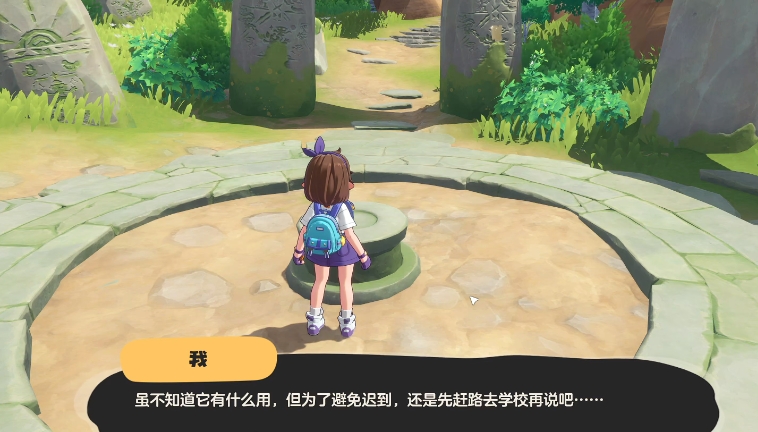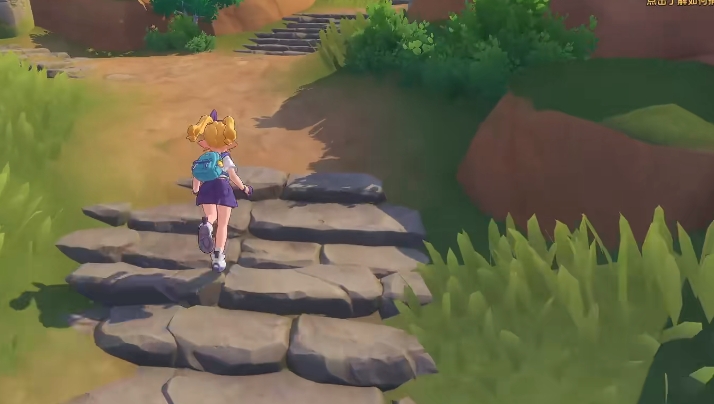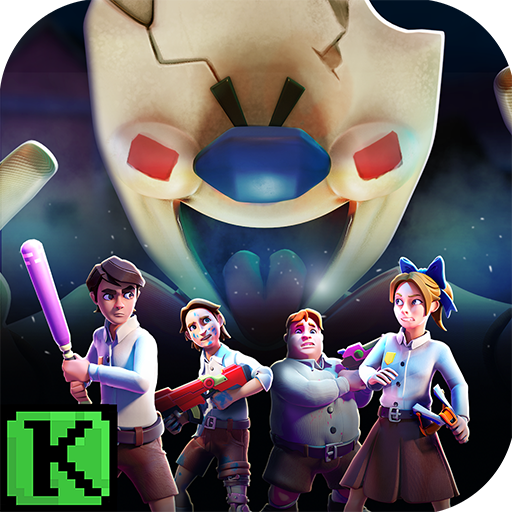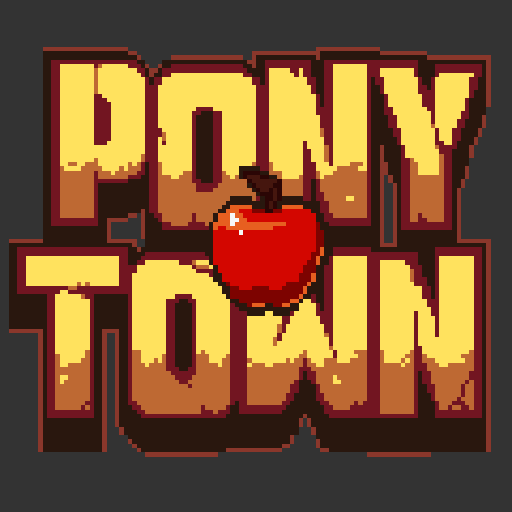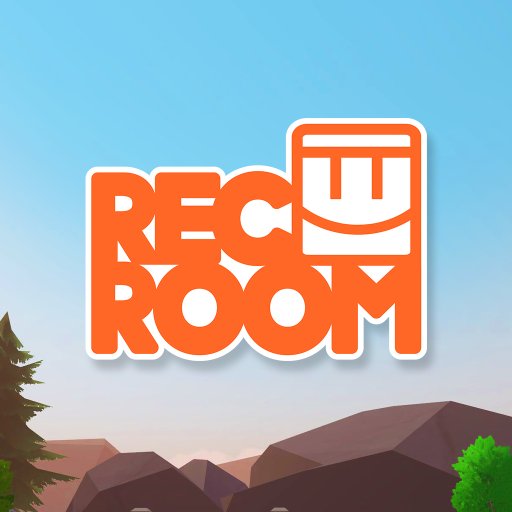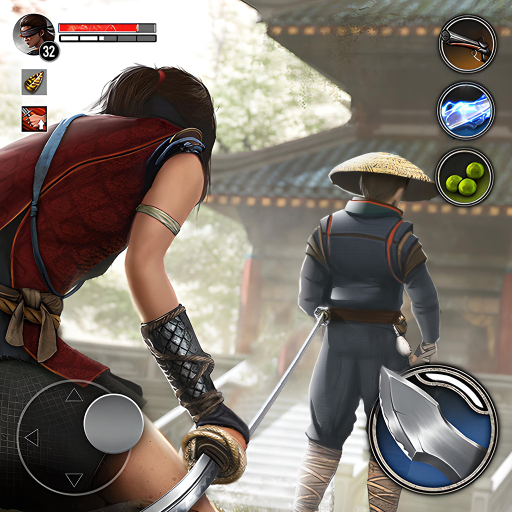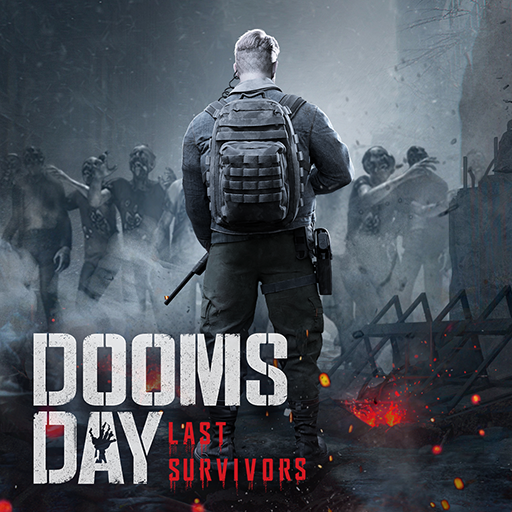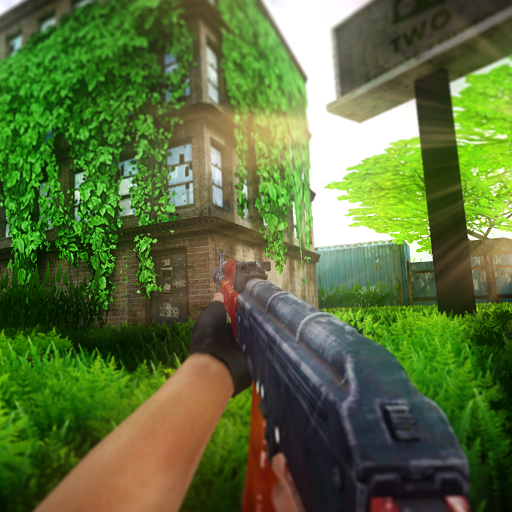Don't Starve Together features an outstanding gothic art style and high-difficulty survival mechanics, creating a hardcore survival experience for multiplayer collaboration. Today, I will introduce the lowest price of Don't Starve Together. Players need to manage hunger, sanity, and health in a randomly generated open world, dealing with seasonal changes and ecological threats. The core charm lies in the dynamic balance setting, where resources are limited and the environment is harsh. Let's dive into it together!
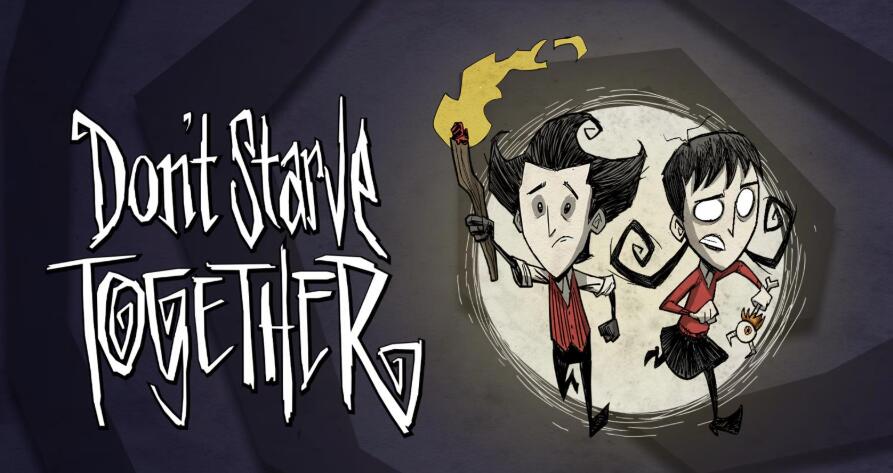
In fact, the historical low price of the game is quite surprising. During the spring promotion this year, it reached 12 yuan, and during last year's autumn promotion, it hit 4.8 yuan, comparable to the price of spicy strips. At the same time, the bundle package for the multiplayer version was around 24 yuan, offering great value for money. The prices on consoles and mobile devices fluctuate significantly, so I recommend keeping an eye on quarterly promotions. The game uses hunger, sanity, and health to form the basic survival framework. Eating poor-quality food will lower sanity, causing hallucinations and attacks; inadequate warmth in winter will accelerate the loss of life. Advanced gameplay requires mastering the "action-state" chain reaction, such as working at night accelerating sanity depletion, but using light sources and teamwork can offset the negative effects. When a character dies, they drop their backpack items, and the team needs to revive them promptly to avoid progress disruption.
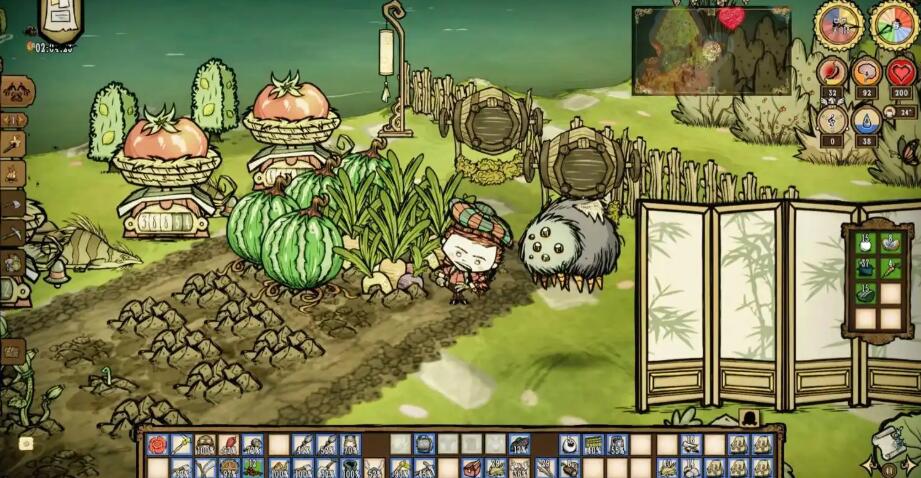
The multiplayer mode supports 2-6 players collaborating, with the efficiency of division of labor determining the quality of survival. It is recommended to assign roles in the early stages: the resource collection group is responsible for basic supplies, the construction group plans base defenses, and the exploration group unlocks map technology. In the mid to late stages, coordination of equipment distribution and boss battle strategies is needed, such as using the ice staff for crowd control and the ham bat for focused attacks. For random teams, it is suggested to set up communication rules in advance to avoid issues with resource distribution.
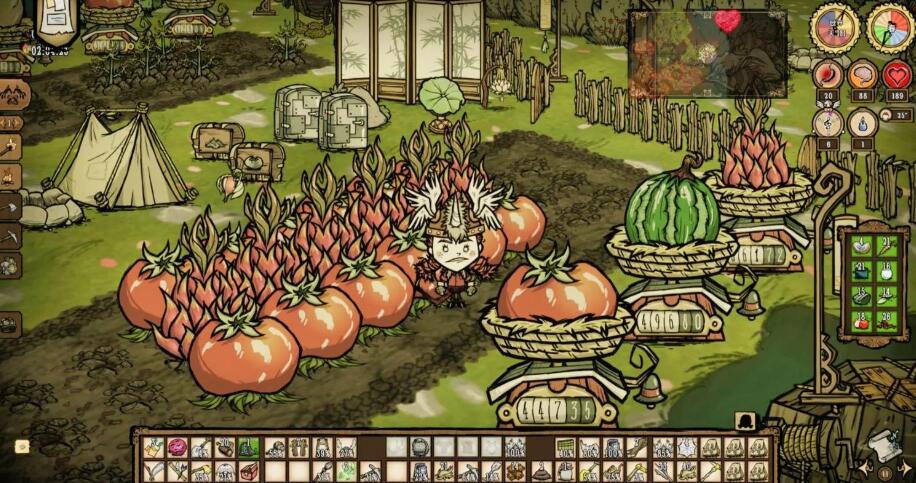
Seasonal cycles and biomes create dual variables. Spring floods destroy unfortified buildings, summer wildfires require the pre-placement of snowball launchers, autumn harvests need to be maximized, and winter brings boss invasions like the Deerclops. Lunar phases affect the behavior patterns of neutral creatures like Pigmen and Spiders. During a full moon, cave entrances refresh with rare resources, but also bring Shadow Creature uprisings.
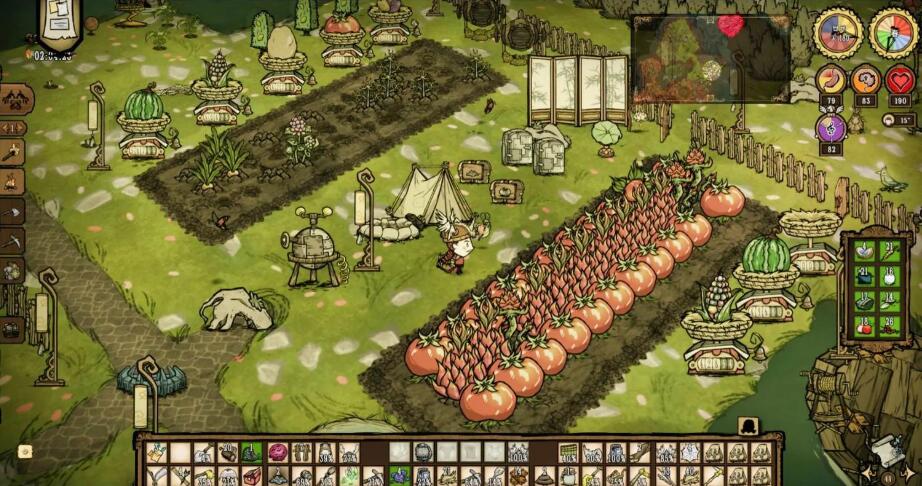
As a milestone in survival games, Don't Starve Together uses simple mechanisms to deliver complex strategies. Its vitality comes from rich settings and a wide variety of mods. Whether it's the precise scheduling of team collaboration or the creative breakthroughs provided by mods, each new game becomes a unique survival narrative. And the historical low prices have been frequent in recent years, so everyone should definitely keep an eye out!
